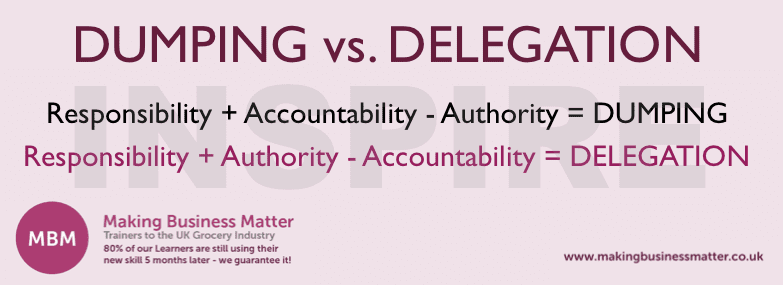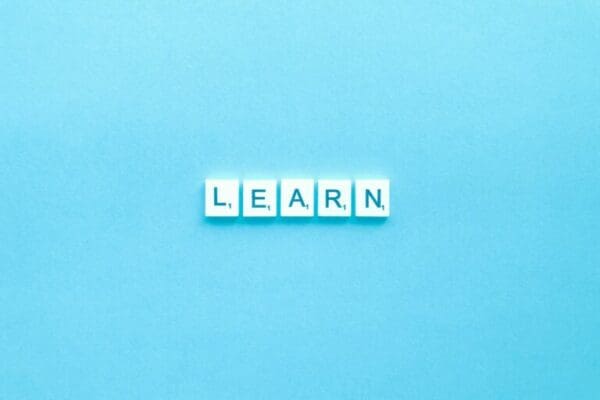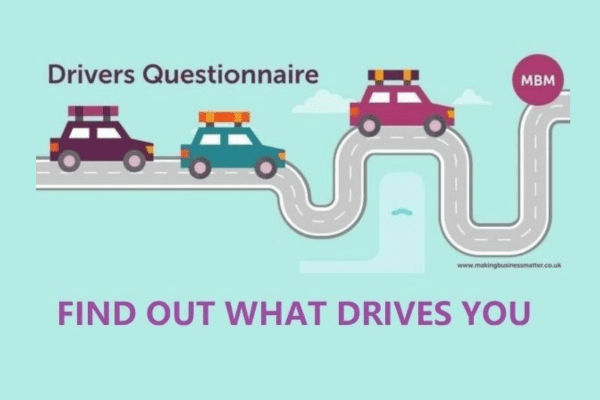Helpful Advice for Learning and Development Managers
I was asked to share some thoughts that, as a learning and development manager, might help other L&D Managers. So, as we often tell other people to do as part of any development, I spent a bit of time reflecting what might be helpful. Several reflective gins later and three words came to me.
- Culture
- Courage
- Agility
And so onwards…
1. Culture
Ultimately, Learning & Development in any organisation is about building culture. I’m not talking culture change necessarily, but about helping to identify and build it. Having said that, L&D can’t be responsible for delivering a business culture. According to the Cambridge Dictionary:
‘Culture is the way of life, especially the general customs and beliefs, of a particular group of people at a particular time.’
L&D should never be about building a ‘cult’ or forcing people to adhere to a set of values. There’s nothing more disheartening to me to see corporate values where behaviours are linked to them and forced to fit the categories chosen. The values and culture need to be built through collaboration and the natural growth of mutual customs. Besides that, if I see another set of company values that include words like honesty in them I’ll scream! If people have to be told to be honest then you are employing the wrong people.
As a learning and development manager, your job is to work with all of the people in the company to help them understand what their own values are as individuals, and how to use those values to the benefit of the organisation as a whole. Any organisation, therefore, could have a thousand values driving it, and with a clear set of outcomes will be unstoppable. Imagine being in a business where there are say three clear outcomes that all 1000 employees are striving for and doing so using their own unique set of values and passion. Wow!
2. Courage
Now, of course, to push for that takes courage. You can’t fix everything. I mean I know as learning and development managers we are amazing and creative geniuses who turn our hands to anything, but even we aren’t Harry Potter! Many businesses seem to think we have magic wands and can fix major leadership issues and management problems by running a few courses. Of course, we can, but only in the short term. Lasting change takes a commitment from the top. I’ve worked with so many leadership teams who demand behaviour change from the company but who themselves only go through the motions.
Without true commitment, you can be as courageous as possible. Ultimately, however, you’ll be running around in your scrubs lobbing plasters and bandages at issues and hoping they stay on long enough to do some good. You’ve had the outcome to ‘fix’ the culture dumped on you rather than delegated.

Let’s think about the difference between those two words for a moment. Time for a comfort break I think. You can leave bags etc in the room, come back here in fifteen minutes. So go and grab a cuppa. Crikey I think the trainer in me just popped out for a moment.
Take a Break…
Welcome Back!
Have you ever been delegated a task that was out of your control to complete and yet you were held accountable for it? Yes, me too. If so, then you’ve been dumped on, not delegated to.
Both delegation and dumping have three elements, however, they have them to varying degrees:
- Responsibility
- Accountability
- Authority
Dumping tends to happen when you are given the responsibility for a task and made accountable for its success or failure. However, you are not given sufficient authority to act. What a recipe for disaster that is. Take a handful of responsibility, stir in a dash of accountability until wishy-washy and useless. Note, this recipe is authority-free.
Good, clear delegation is when you are given the responsibility for the task and given the right authority to act. Accountability, therefore, should remain with the person who delegated the task. After all, it is they who have decided it was the right thing to work on.
So, if you are being delegated the task to change behaviours in your organisation, and develop people to be high performing, have the courage to demand reasonable authority.
Dumping and Delegations Summarised:

3. Agility
Lately, this is probably the biggest learning point of the three. The modern-day learning and development manager needs to be agile. I’m not talking about using formal Agile Project Management methodology here, although, if that’s your thing then fill your boots. This is more about being prepared (and of course back to point 2 having the courage) to experiment. The Cambridge Dictionary defines agile as:
‘Able to think quickly and clearly.’
We need to be drivers of this kind of thinking. As we all know there’s the big shift away from just classroom training to more blended approaches. This is a good thing. Even as someone who loves facilitating a room of people to learn something, there is also an important place for short video explainers, m-learning, social learning as part of the mix.
These play to the need for an agile approach where we as an L&D community need to learn from the product development area and think in terms of ‘Minimal Viable Products’ rather than striving for perfection the first time.
Feel free to take two months to create an all-singing and dancing management development programme (and yes I love to do that) but, realistically, as soon as you launch, much of the content part will be out fo date. We need to be able to work quicker and more fluidly than that.
e-Learning
That’s why personally I’m not a fan of e-learning, which tends to be formally written, read and click to move on. Where you are expected to learn by reading and answer a quiz at the end. I don’t know about you but I don’t learn well like that. Don’t get me wrong, I believe in online learning such as m-learning, webinars, sharing articles, blogs and vlogs. But e-learning leaves me cold and unless done totally in-house is very un-agile.
They can go out of date very quickly and take a long time to get ‘perfect’ before being launched. Even a really good piece of e-learning can, reportedly, take 600+ hours of meetings and development time. Now how many short videos, expert interviews and discussion forum posts could have been shared and learned from in 600 hours?
The Need for Innovation
Let’s face it, we have to innovate to survive. We can’t escape it, either the need for it or avoid seeing articles on the internet and news about it.
Some of you may have seen the amazing programme ‘The Big Life Fix’, where creative and innovative engineers and Imagineers are producing products and services to change people’s lives from around the UK. If you haven’t, I heartily recommend it.
What grabbed me about the programme were the processes/thinking they go through to achieve the product by the end of the episode (in fact I wish they’d show more of that in the programme). Ultimately, they experiment, make mistakes, test with the user, fail, re-test, and so on.

Learning and Development Managers Should Embrace Experimentation
According to Wikipedia: ‘An experiment usually tests a hypothesis, which is an expectation about how a particular process or phenomenon works. However, an experiment may also aim to answer a ‘what-if’ question, without a specific expectation about what the experiment reveals, or to confirm prior results.’
This says to me that experimentation is an essential part of innovating. There’s much talk about ‘failing fast’. The essence of this has to be experimentation. We talk about taking more risks and yet personally taking risks can have the assumption behind it that we need to take more ‘calculated’ risks. That, of course, then assumes that the risk or the outcome can be defined and measured right at the start. In reality, that’s not always the case. Whereas, if we can at times simply begin to experiment, we’ll soon find the areas of greatest need.
Gary Hamel in his book ‘Leading the Revolution’ suggested that the innovation process is cyclical, going through five stages:
- Imagine – create new ideas.
- Design – coherent business models that are built around those ideas.
- Experiment – small-scale experiments are undertaken to test out the concepts.
- Assess – after some experimentation and adaptation, the results are assessed to find out what has been learned.
- Scale Up – if the experiments were successful, the innovation will be scaled up to the next stage i.e. a venture, or if not, then the cycle will begin again.
The Big Life Fix
The Big Life Fix most definitely follows this sequence. What is interesting about how the team works, is that, though the above process exists for them, it isn’t something that they’ve necessarily been taught or a tool that they bought. It is so ingrained that it is a deeply embedded behaviour. It’s integral to the way they think (back the point 1 i.e. culture). They question and strive to truly understand the problem that needs solving. They ask for their ideas to be challenged (using courage) by people with other specialisms and knowledge without defensiveness.
Moreover, of course, they accept that they probably won’t get it right the first time. In fact, I get the feeling that they would be disappointed if they did, as whatever they were working on hadn’t then challenged them enough.
We can all innovate more than we do. Where we need to get is rather than booking in a meeting to do some innovation it becomes part of the way we think (again back to culture).
The Role of Learning and Development Managers
As learning and development managers, it’s inherent on us to help others understand that a piece of learning content will never be perfect. It will continually need to change and be updated as systems and thought leadership develops over time. We can be at the heart of that.
I learned many years ago that as the learning and development manager, I don’t have to be the font of all knowledge, although of course, my way of thinking is the right way! What I do need to do is continually challenge and test learning content so that it stays one step ahead of what individuals need to perform.
Final Thoughts
Learning & development is about helping to affect culture. What individuals need to learn to be high performing are the building blocks that form the customs and habits that create culture. It has to be that way round for any culture to be meaningful to all. To help make this happen L&D needs to do two things:
Use Expertise to Add Value
As learning and development managers, we must have the courage to use our expertise to add value to our businesses rather than have shopping lists for training courses thrown at us. We need to stand up for the expertise that we’ve been employed for. This means working with key influencers and demonstrating adding value. For example, if you are new in the role work hard to get some quick wins showing how you’ve taken what was initially asked for and added your understanding of how people think and learn to make it work in practice and achieve a business outcome.
Minimal Viable Product
Keep in mind the concept of Minimal Viable Product. Move quickly to get something out there that is a working step to achieving the outcome you’ve been asked to support. Then, continually design and develop through a constant cycle of creating, experiment and review. Work closely with your sponsors and subject matter experts to help them see the benefit of creating learning through constant user feedback. That way, you can show the learning works, is relevant to those targeted and therefore will add value.
In the past, learning is famous for being sometimes difficult to prove return on investment. By creating learning that has been partly designed by both the sponsor and the users (with a dash of your brilliance) then you can easily show how the end result is fit for purpose and works.




